Description
GE SR469-P5-HI-A20-E-H: Your Motor’s Personal Bodyguard for Critical Industrial Operations
What to Expect When Ordering
You’ll get 365 days of comprehensive coverage starting from installation – not just against defects, but for performance-related issues too. Most folks I’ve worked with appreciate that in-stock units ship within a week, though complex configurations might take up to four weeks. Payment’s straightforward: 50% to lock in your order, balance before dispatch. We exclusively use FedEx, UPS, or DHL so you can track that critical replacement relay while sipping your morning coffee.
Why Maintenance Teams Actually Like Using This
- Thermal overload prevention – Catches winding overheating before it becomes catastrophic, typically saving $15k+ in rewind costs per incident. One plant manager told me it stopped his 200HP compressor from becoming scrap metal last winter.
- Real-time vibration analysis – The HI sensor suite spots bearing wear patterns early. From my experience, this cuts unplanned downtime by 30% in pump applications where you’d normally run until failure.
- Ethernet-native communication (that ‘E’ in the model) – Pushes data straight to your SCADA without protocol converters. You might notice smoother integration with Rockwell systems compared to older Modbus-only relays.
- Auto-calibrating CT inputs – Handles those annoying current transformer mismatches in retrofit projects. In many cases, this eliminates half a day of commissioning headaches.
Specs That Matter on the Factory Floor
| Parameter | Value |
|---|---|
| Brand/Model | GE SR469-P5-HI-A20-E-H |
| HS Code | 8537.10.90.95 (Industrial control apparatus) |
| Power Requirements | 85-264V AC/DC ±10%, 50/60Hz (typically draws 8W max) |
| Dimensions & Weight | 120mm H × 72mm W × 110mm D | 0.48kg (DIN rail mounted) |
| Operating Temperature | -25°C to +70°C (derate above 55°C) |
| Signal I/O | 6x digital inputs (24V), 4x relay outputs (8A), 2x analog (4-20mA) |
| Communication | 10/100Mbps Ethernet (Modbus TCP, IEC 61850) |
| Installation | Top-hat DIN rail (35mm) – no tools needed for mounting |
Where It Earns Its Keep
I’ve seen this unit shine in wastewater treatment plants where motors run submerged 24/7 – the moisture-resistant terminals prevent those nasty corrosion failures common with cheaper relays. It’s also become the go-to for food processing lines where sudden stops can ruin entire batches; the precise stall detection (down to 0.1 seconds) saves thousands in product loss. One brewery client actually uses the vibration data to schedule bearing replacements during off-season, avoiding summer shutdowns.
The Procurement Angle You Won’t Hear From Distributors
Look, any relay will claim reliability – but when your plant manager gets that midnight call about a tripped conveyor, this one’s diagnostic logs actually pinpoint whether it was voltage sag or mechanical seizure. That means fewer “let’s replace everything” panic orders. Compatibility’s another big win: the A20 variant plays nice with legacy GE drives without custom gateways. And while the upfront cost seems steep, the 5-year ROI from avoided downtime typically makes finance teams smile – one automotive supplier calculated $220k savings after protecting just three critical motors.
Keeping It Running Smoothly
Mount it in standard NEMA 12 cabinets – no special cooling needed unless ambient exceeds 55°C. One thing I appreciate is how the terminal blocks accept 14-22 AWG wires without ferrules, speeding up installations. Always disconnect power before servicing (obviously), and keep at least 25mm clearance above for heat dissipation. For maintenance, wipe vents quarterly with a dry brush – never use compressed air as it forces dust into sensors. Firmware updates through the web interface take 90 seconds, and I’d recommend calibrating CTs annually using the built-in test mode.
Certifications That Hold Up to Scrutiny
UL 508 certified for industrial control panels, CE marked for EMC and low-voltage directives, and RoHS 3 compliant. The ISO 13849-1 PLc certification matters most for safety-critical applications – it’s why you see these on conveyor interlocks in automotive plants. GE’s warranty covers field failures, but interestingly, most users never file claims because the Mean Time Between Failures exceeds 200,000 hours in typical applications.
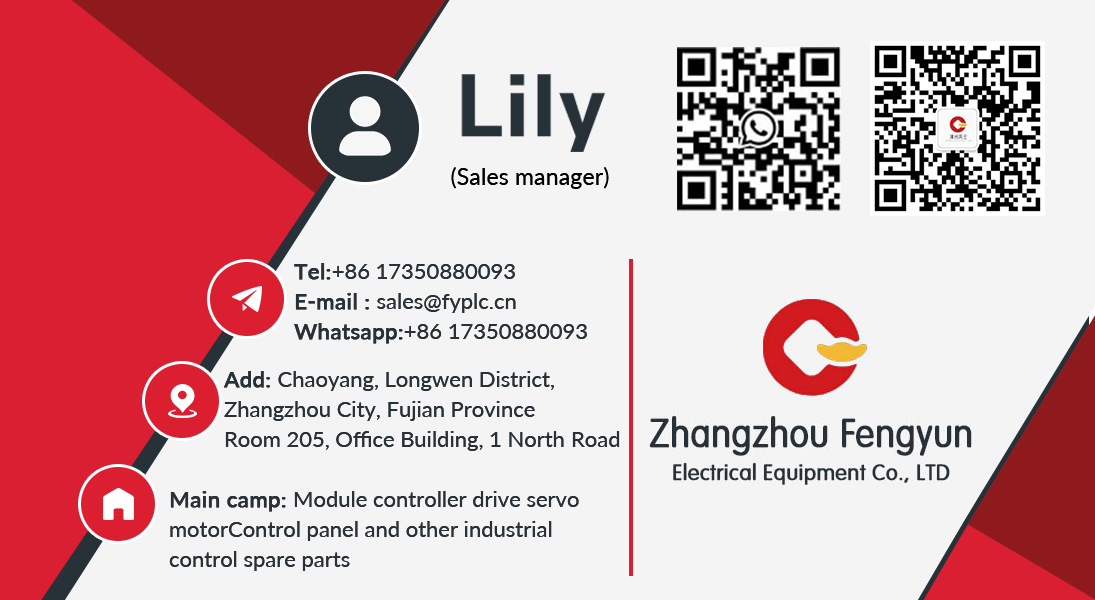
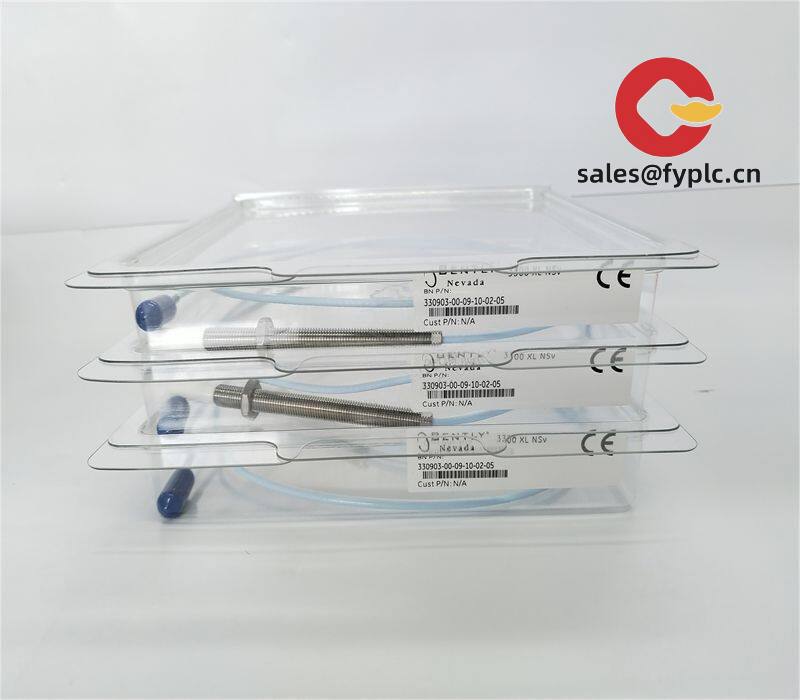
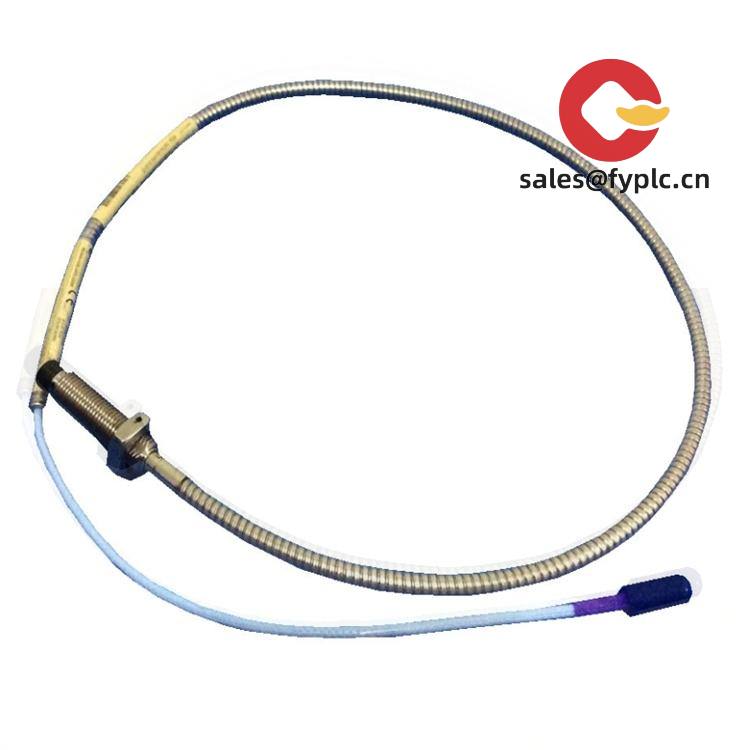


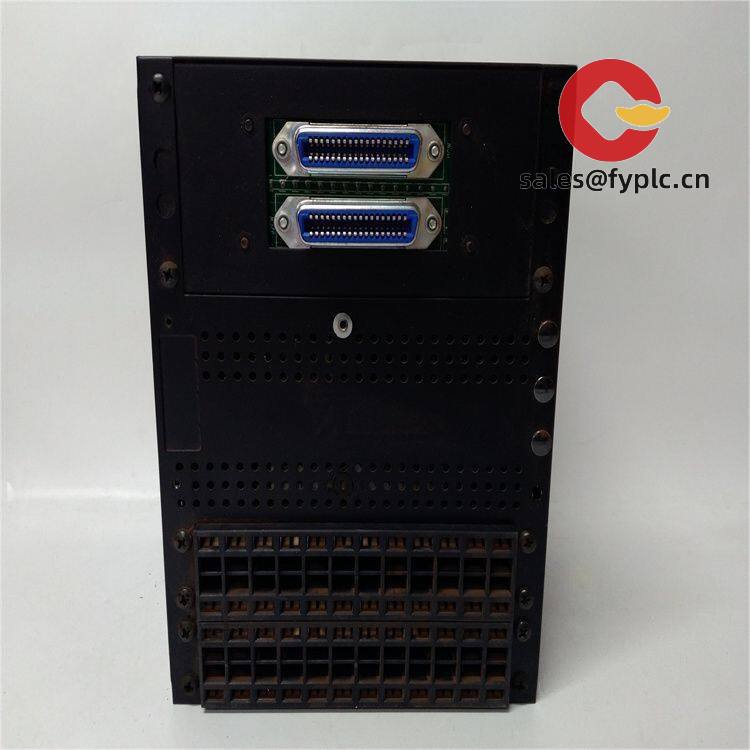
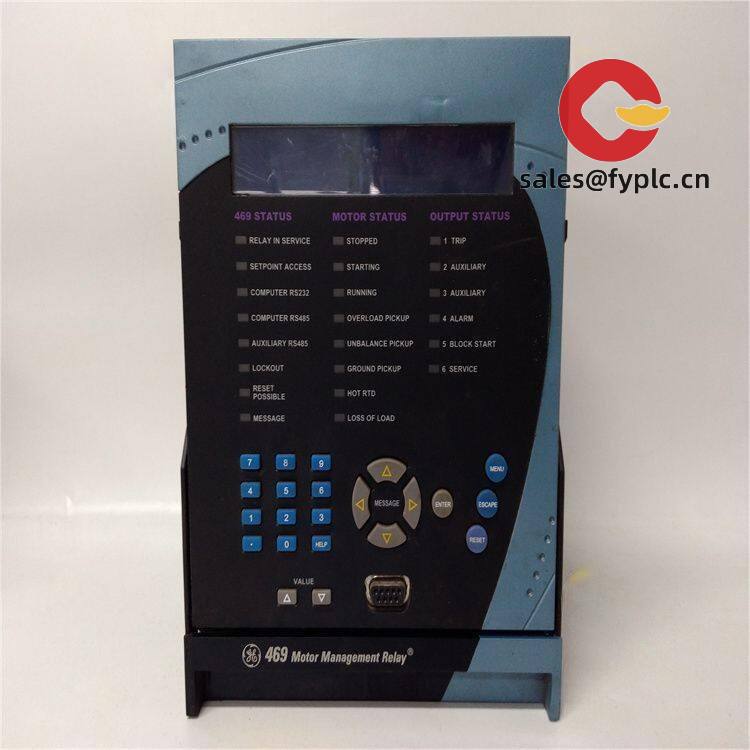

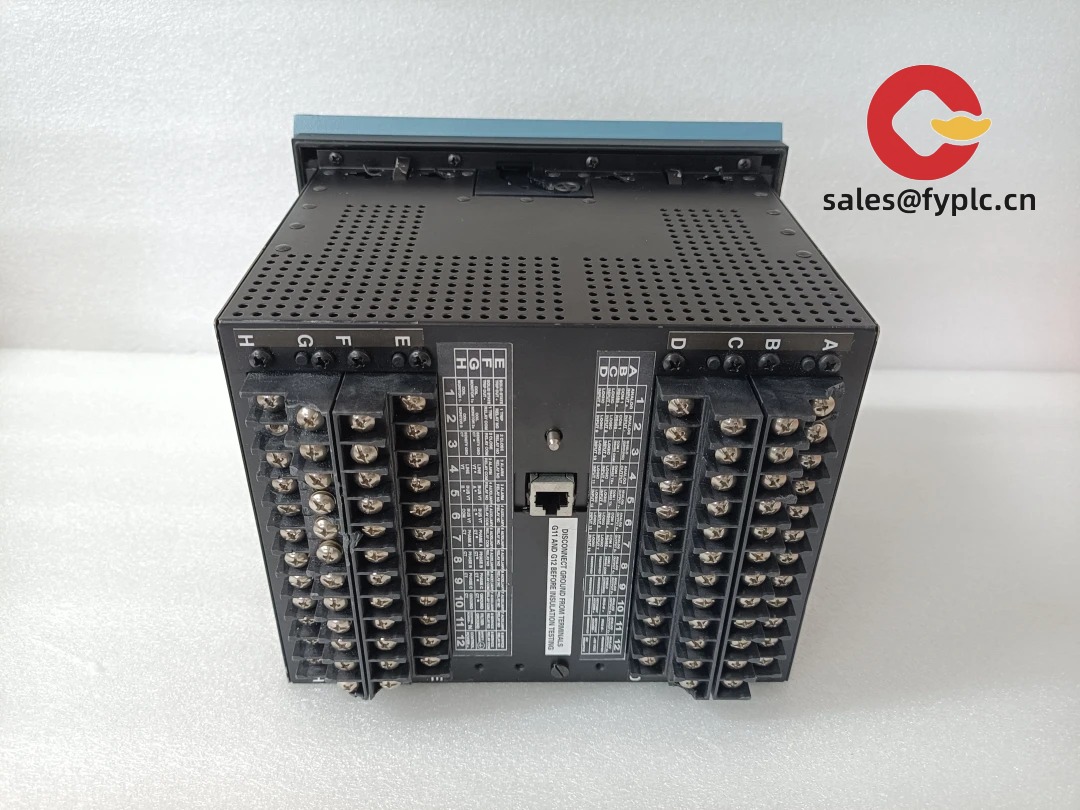


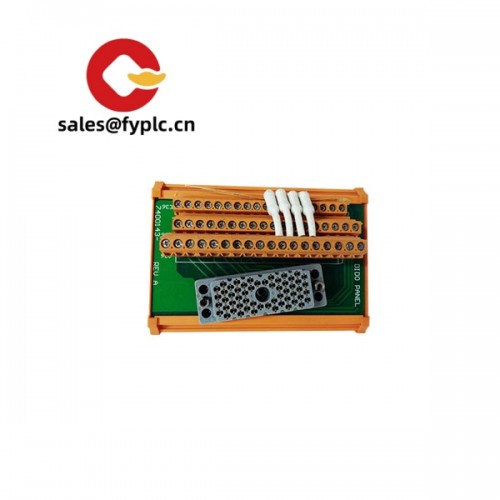


Reviews
There are no reviews yet.